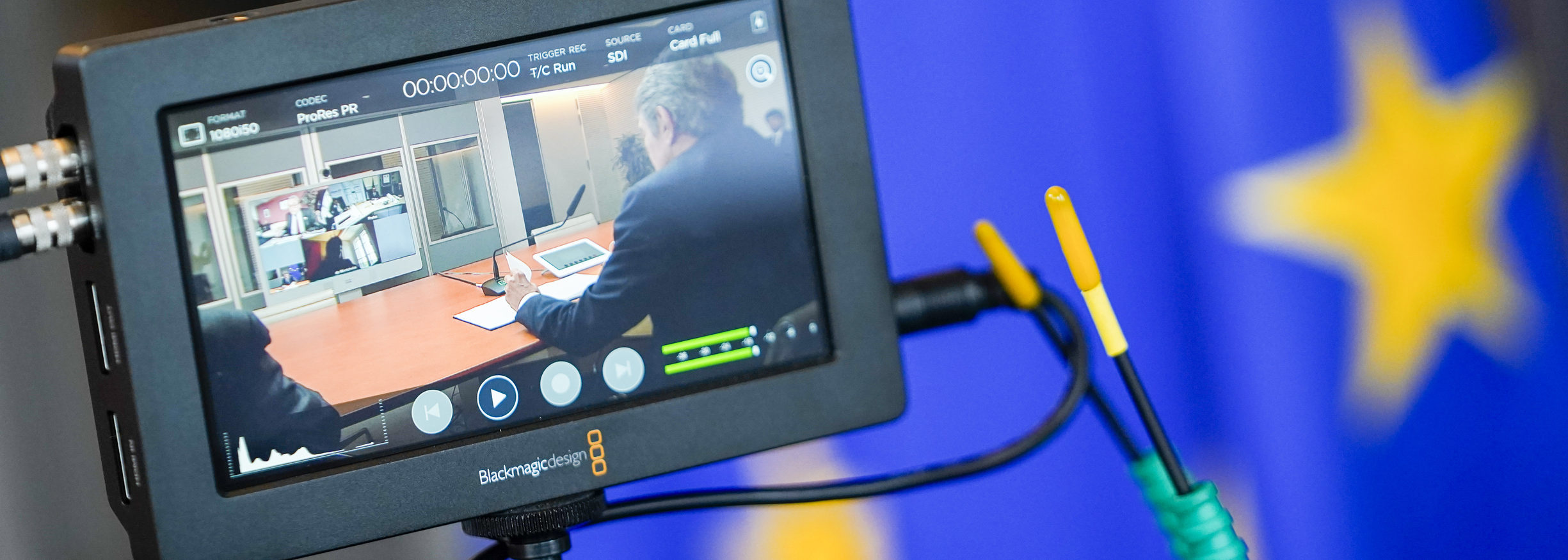Mind the Gap: How can policy be put into practice?
24/08/2016

The term mediation conjures up images of high level meetings behind closed doors where in the end, mediators representing different two or three letter organisations come up with creative resolutions and the warring parties sign a peace treaty. In reality, however, mediation is a long process that too often fails to live up to the hopes of the peacemakers and the needs of the parties. This is the second part of a new blog series from the EIP’s Mediation Quality Programme.
Even the most gifted mediator cannot do it all on his or her own. Mediation support, whether conducted by experts or the wider research community, is responsible for the great amount of knowledge that has fed into policies and guidelines aimed at strengthening and improving the mediation field. However high in quality this research may be, it is often insufficiently used. This begs the question, is the accumulated knowledge reaching and resonating with its intended audience?
A gap between policy and practice?
Knowledge management is a key aspect of mediation support: numerous research papers and guidelines have been produced. Examples range from research on thematic issues such as negotiating ceasefire, power sharing or transitional justice to more process oriented research on peace process design and inclusion. The aim is to generate good practices from the field and to inform and guide mediators and their teams in order to strengthen their work. The impact of all those resources, however, is unsatisfactory. For various reasons, the material does not always have the intended effect. Long-standing issues in peace processes, such as the inclusion of women or transitional justice, often remain unresolved despite the availability of credible, sometimes customised resources. The current state of play thus points to a gap between policy and practice.
Is the knowledge management cycle too exclusive?
Transforming information into knowledge products within the field of mediation has largely been an exclusive process. Researchers rely on consultations and studies from the field, but more often than not it is a one-way process and occurs on an occasional rather than a regular basis. Recommendations and guidelines are therefore rarely co-produced with mediation practitioners who are active in the field. In turn, the work that does emanate from the field is rarely subjected to continuous checks and balances. As a consequence, it is not always clear if knowledge products that are produced actually correspond to the practitioners’ general needs or their scope of action. Without a clear link between the researcher and the practitioner, it is difficult to present recommendations or policies that effectively help set standards, nourish norms, and move towards more accountability within the mediation field.
Why is tailoring so difficult?
Partly as a consequence of the issue outlined above, a challenge also lies in properly tailoring the available resources. In other words, the manner in which the knowledge products are presented to practitioners needs to be done in a way that is useful to them. Recommendations or policies are often generic rather than context specific. This is done in order for them to resonate with and be applicable to different scenarios. While this can indeed be a user-friendly approach, it also bears the risk of rendering them too vague to be applied in practice. In other instances, recommendations may reflect what the experts believes is feasible in the field when it may not be seen as such by the practitioners. As a result, a gap is created between what is written and what practitioners actually need.
How to reach mediators?
Closely linked to the challenge of tailoring knowledge products, we also need to ask ourselves whether we are disseminating knowledge in an effective manner. Even when recommendations are carefully presented as “practical toolkits”, it can be difficult to convince practitioners of their utility. Mediators are busy people with little time to spare, but also their perception of what knowledge is necessary for them to acquire plays a role in whether or not they dive into the latest guidance note on process design. If the team possesses the knowledge needed, why spend time to read a comprehensive manual? Thus, an adjustment of the intended audience by targeting the practitioners’ support teams as well, may help bridge the gap.
Why is it a problem?
If the gap between policy and practice is not addressed it will continue to affects the development of the mediation field. We are dealing with a profession still in its infancy. Without sufficient policy-making it will remain difficult to develop common standards for practitioners to adhere to. Although it should be acknowledged that a number of normative considerations and restrictions already exist, the lack of a common standards has created a situation where practitioners can pick and choose which one to apply and which to discard. Standards are a prerequisite for accountability, thus by bridging the gap between policy and practice mediation as a profession can take the step into solving 21st century conflicts.
This is the second blog post in a mini article series looking at the challenges of mediation support. Click here for the first blog post. The series will also inform an EIP event at the end of August which will host the world’s foremost mediation support experts to brainstorm and come up with concrete ideas on how to eventually close the gap between policy and practice more effectively.

